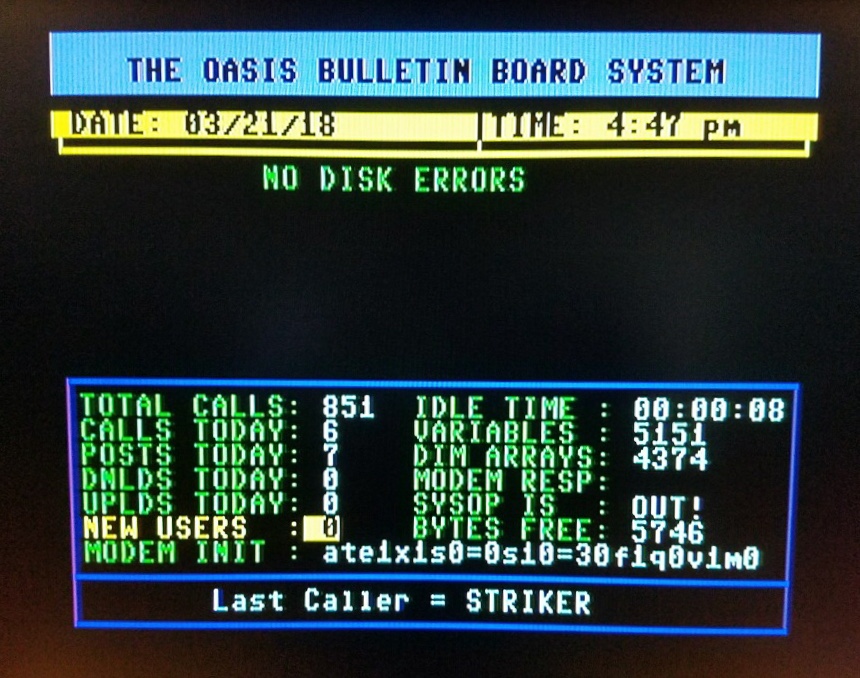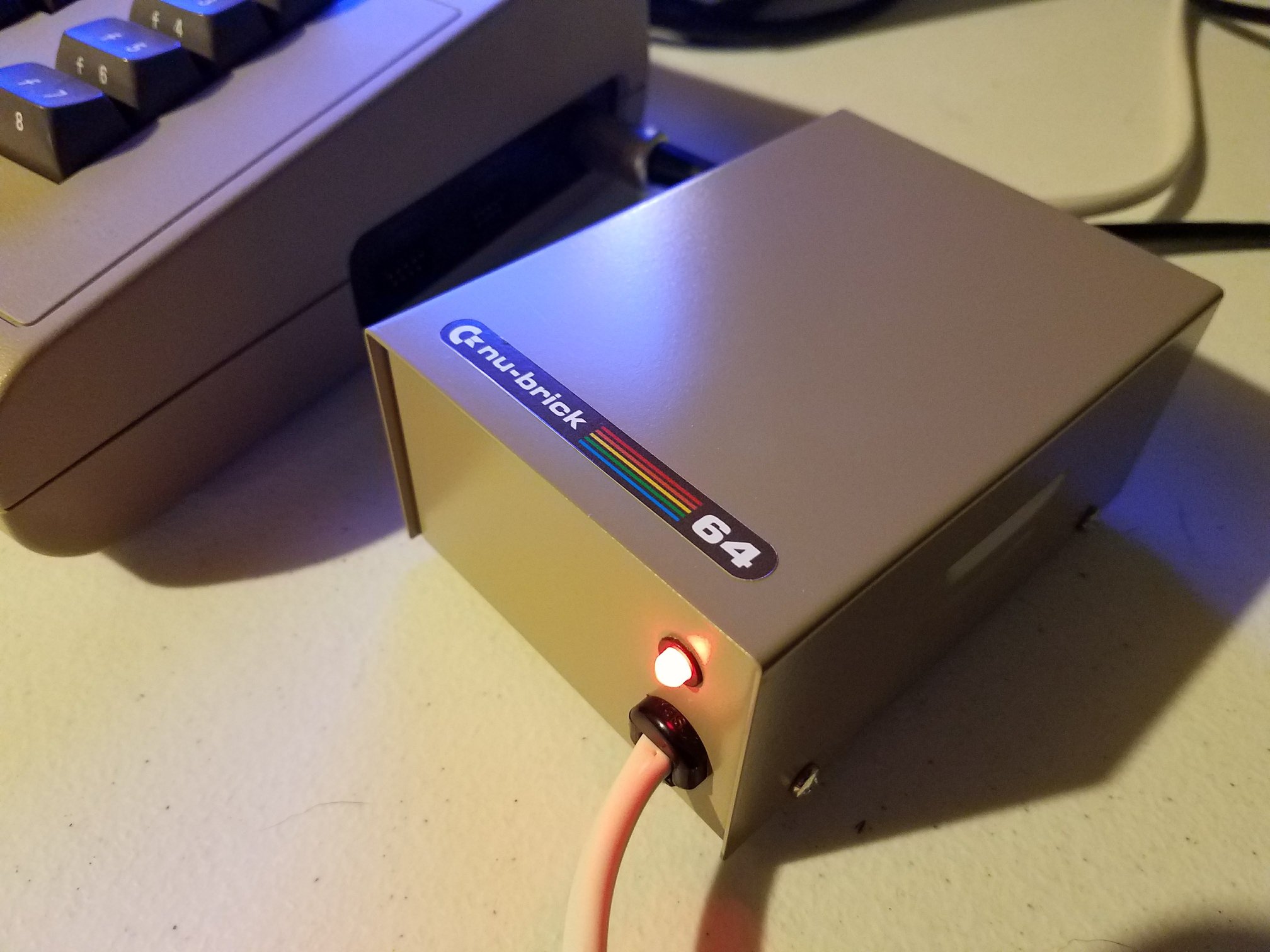AmiCube has premiered the latest PiStorm68K hardware update, version 1.6, and introduces a smarter more stable design that refines the original 68K board. This new iteration adds an n-channel power switch that keeps the 5-volt rail steady, preventing voltage drop issues that once caused down-clocking on Raspberry Pi systems. The improved layout eliminates unnecessary resistance from connectors and switches, resulting in consistent performance across both Minimig and Amiga setups.
By moving to this design, the PiStorm68K hardware update ensures that power stability remains reliable under varying loads. Early testers report that the board performs well, even under extended sessions, making it the most dependable version yet.
Cleaner Layout and Improved Assembly
All components now sit neatly on the top layer, simplifying both production and assembly. The revised layout also includes clear silkscreen labeling, showing users where major subsystems reside, from level shifters to voltage controls. This attention to detail makes troubleshooting and modification easier for hobbyists and developers alike.
An optional 5-volt regulator is also being introduced for future versions. This addition helps older Amiga models maintain proper voltage under stress, improving long-term reliability. It also provides flexibility for those who wish to customize power delivery for specific configurations.
Simple Voltage Adjustment for Stability
One small but effective modification involves resistor R12. Changing its value from 4.3K to 4.7K raises the 5-volt rail slightly to around 5.2 volts. This tweak prevents the Raspberry Pi from under-volting and ensures that CPU performance remains consistent. It’s a simple fix that can make a major difference in overall system behavior, especially when paired with the improved MOSFET power path introduced in this revision.
AmiCube Gen 7: The Next Frontier
Alongside the PiStorm68K hardware update, development continues on the AmiCube Gen 7 board. Built around a Xilinx Artix-7 FPGA, it features HDMI, VGA, USB, PS/2, and legacy joystick ports, plus a high-density Samtec FMC connector for expansion. The AmiCube Gen 7 is intended to serve as both a test platform and a full development board for advanced Amiga projects.
Its Nano-ITX form factor allows for VESA mounting, making it compact and versatile. Although it will be slightly more expensive due to the larger FPGA and additional interface options, the added flexibility makes it an appealing option for developers and enthusiasts who want to explore FPGA-based Amiga architectures.
Better Documentation and Community Collaboration
The update also acknowledges a major contribution from Craig Daters, who created a detailed step-by-step guide for Minimig and PiStorm68K setup, now available at minimig.ca. His documentation covers firmware flashing, environment setup, and system configuration, making the process far more accessible for new users.
This kind of collaboration helps the PiStorm community grow, ensuring that new builders have clear instructions and support. As the project matures, more resources like this are expected to appear, bridging the gap between technical complexity and everyday usability.
Looking Ahead
Version 1.8 of PiStorm is already on the horizon. It will include finalized voltage regulation circuitry, an optional 5-volt regulator, and complete documentation once testing concludes. The developer plans to release schematics and Gerber files so that the community can build and experiment freely.
With the PiStorm68K hardware update already performing reliably and AmiCube Gen 7 shaping up to be a major advancement, these projects continue to strengthen modern Amiga hardware development.







